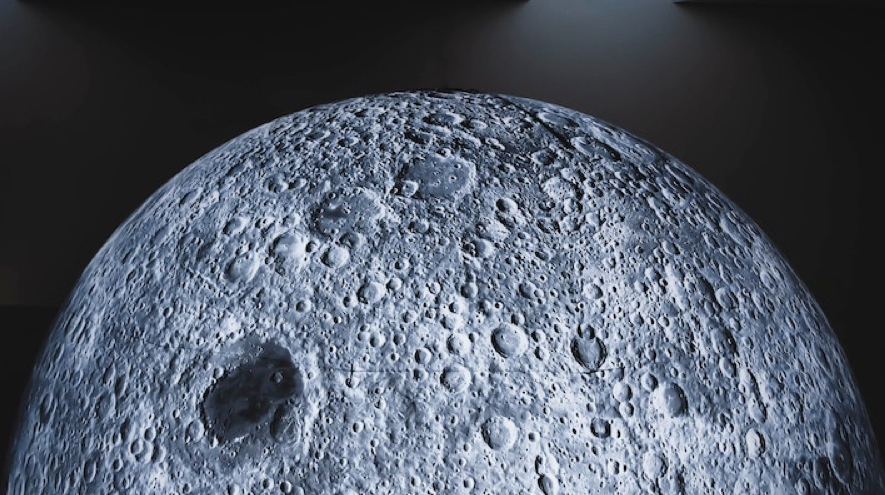
ESA Open Invitation To Tender AO8779
Open Date: 23/09/2016
Closing Date: 18/11/2016 13:00:00
Status: ISSUED
Reference Nr.: 16.197.16
Prog. Ref.: General Studies
Budget Ref.: E/0600-00 – General Studies
Special Prov.: BE+DK+FR+DE+IT+NL+ES+SE+CH+GB+IE+AT+NO+FI+PT+GR+LU+CZ+RO+PL+EE+HU+CA
Tender Type: C
Price Range: 200-500 KEURO
Products: Satellites & Probes / System Engineering Software / Environment Models and Computational Tools / Radiation belts, Solar energetic particles, Galactic cosmic rays /Satellites & Probes / Structures / Space structures with changing geometries / Deployable Structures, Adaptive Trusses, …
Technology Domains: Others
Establishment: ESAHQ
Directorate: Directorate of Technical & Quality Management
Department: System, Software & Technology Department
Division: Future Prep. & Strategic Studies Office
Contract Officer: O’Sullivan, Margaret
Industrial Policy Measure: N/A – Not apply
Last Update Date: 03/10/2016
Update Reason: Loaded a new Clarification (English version)
Passive de-orbiting devices (such as drag augmentation, mechanical tethers) are a reliable measure to limit post mission orbital lifetimes, in particular for small missions. However, the increase cross-section also increases the collision risk and (in a worst case) the effect might be neutral. Not all of the cross-section in this case may be sensitive to catastrophic collisions. Flux prediction and vulnerability modelling approaches shall be used to clarify the overall net effect of the passive de-orbiting devices.
If you wish to access the documents related to the Invitation to Tender, you have to log in to the ESA Portal.
